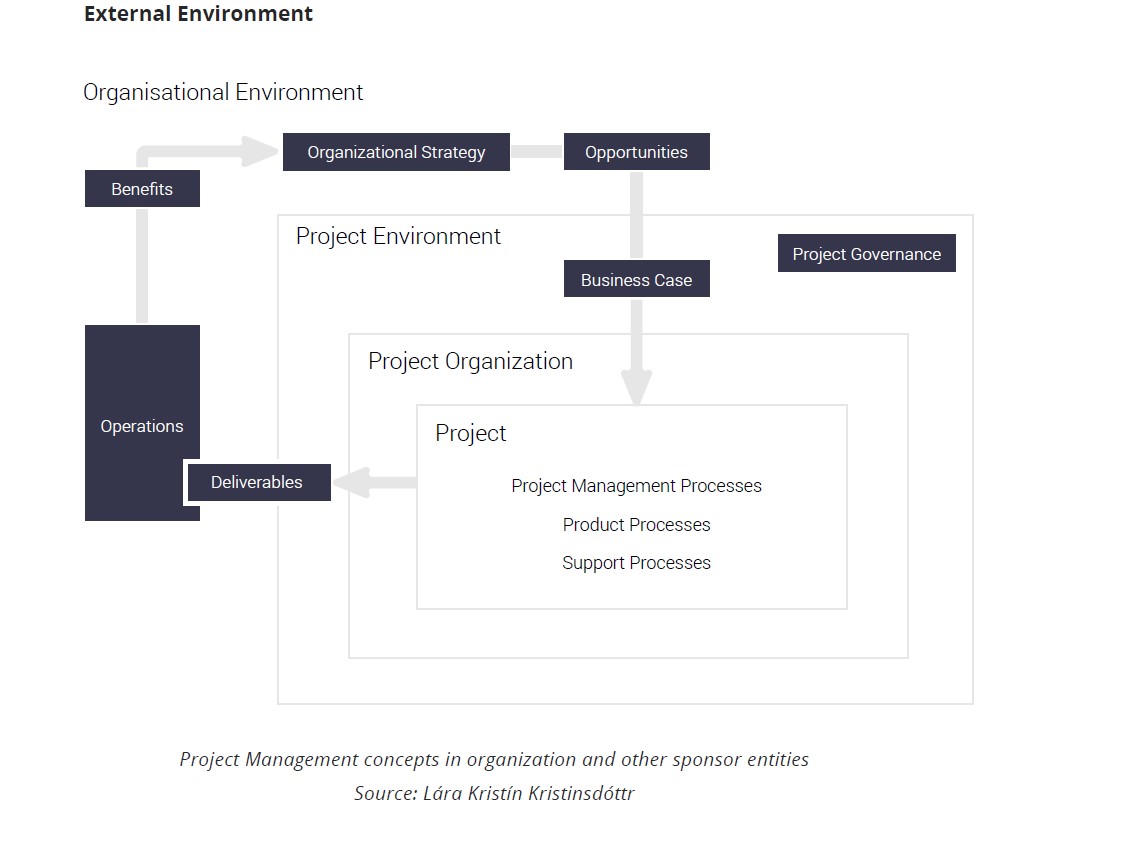A research done by Basak Manders, a Quality Management research expert, found that ISO 9001 quality management standard has been implemented by more than one million organizations in 187 countries since its introduction in 1987. According to the research, ISO 9001 implementation ensures operational and market benefits in the majority of cases. The research results indicate that the benefits yielded by ISO 9001 differ based on the length of time since the organization was granted the certification, standard version, geographic location, industry sector, and company size. In addition, national differences, especially the level of economic development and national culture, influence the benefits derived from the ISO 9001 implementation. It was also found that not all the employees in a company use ISO 9001 in their daily work. Having a positive attitude towards ISO 9001, being aware of it, believing that ISO 9001 is useful and easy to implement, and feeling accountable for the application of ISO 9001 are the elements that build the foundation of a sustainable quality management system.

Inside an ISO 9001 Licensed Organization
One common perception of organizations is that once you implement the ISO 9001, you are deemed to comply with the quality management principles which are: (i) customer focus; (ii) leadership; (iii) engagement of people; (iv) process approach; (v) improvement; (vi) evidence-based decision making; and (vii) relationship management. The organization must establish the documentation of the organizational context, the list of all interested parties, determine the scope of the QMS, demonstrate leadership support and ensure that the QMS objectives are aligned to the company’s strategy. Further, the organization should ensure systematic control of documented information, organization’s operations, the development process and external suppliers by engaging in continual measurements and reporting activities. It is also important to consider the reformed structure of the ISO Management System which is applicable to all ISO types. The latter refers to the Integrated Management System- a Common structure of ISO Standards. The structure provides for (1) objective of the Management System, (2) policy of the management system, (3) leadership and commitment, (4) documented information, (5) internal audit, (6) continual improvement, and (7) management review. The main objective accordingly, is to facilitate the combined management of a normative framework for an organization.
The alignment of ISO 21500 with ISO 9001
The ISO 9001 constraints identified in the introduction indicate that while ISO 9001 works when dealing with high level organizational concerns, there is a need for a management system that handles projects and integrates them to the organizational strategy. In 1997, ISO published the ISO 10006 which provides guidelines for Quality Management in Projects. However, according to Edward Moller, professor at the University of Island, the standard never gained the popularity of ISO 9000 series, nor of other standards such as the PMBOK guide or Prince 2. Henry Granroth, on his master thesis for Standardized project management methods, argues that it is “ISO 10006 – Guidelines for quality management in projects” and “ISO 21500 – Guidance on project management” that focus more on projects and project management. According to John Roose, ISO 21500 is familiar with international project management and covers PRINCE2, International Competence Baseline (ICB), and PMI, and it is also compatible with ISO/IEC 27001, ISO 55000, ISO 9001 and ISO 31000. This ISO family is compatible with project control mechanism, policy, business governance, PDCA cycle control mechanism, screening, awareness, and project and company continuity/ hygiene. These are only some of the strongest points of adapting ISO 21500 in combination with ISO/IEC 27001.
How to link projects with organizational objectives?
According to Brioso, the ISO 21500 provides detailed description of concepts and processes that are considered as good practices in project management. Projects are placed in the context of programmes and project portfolios. Brioso admits that this International Standard does not provide detailed guidance on the management of programmes and project portfolios. Accordingly, topics pertaining to general management are addressed only within the context of project management. The figure provides an overview of project management concepts and their relationships. The organizational strategy identifies opportunities. The opportunities are then evaluated and documented. Selected opportunities are further developed in a business case or other similar document, and can result in one or more projects that provide deliverables. Those deliverables can be used to generate benefits, where such benefits can be the inputs to further developing the organizational strategy. One ingredient for successful projects is the identification of project’s stakeholders, the definition of their roles and responsibilities, and the determination of their involvement.
The first and foremost task in a programme is to identify its strategic purpose. The balanced scorecard is a system employed in strategic planning. The critical success factors and key performance indicators, together with their relative priority, are identified based on the strategic themes chosen by the executive leadership. These strategies are developed and described based on the strategic intent of the executive leadership. Portfolio and programme managers adopt a flexible approach to organizational goals and focus on doing the right things. The former aims to achieve predetermined outcomes with the least possible resources, while programme managers aim to utilize the best possible resources to achieve maximum organizational benefits of strategic importance. Portfolio and programme managers play a facilitative role, concentrating on the strategic organizational objectives that are to be achieved. For optimal organizational performance, it is imperative that the programme structures of different portfolios operate in synergy, irrespective of the business model adopted by an organization.










